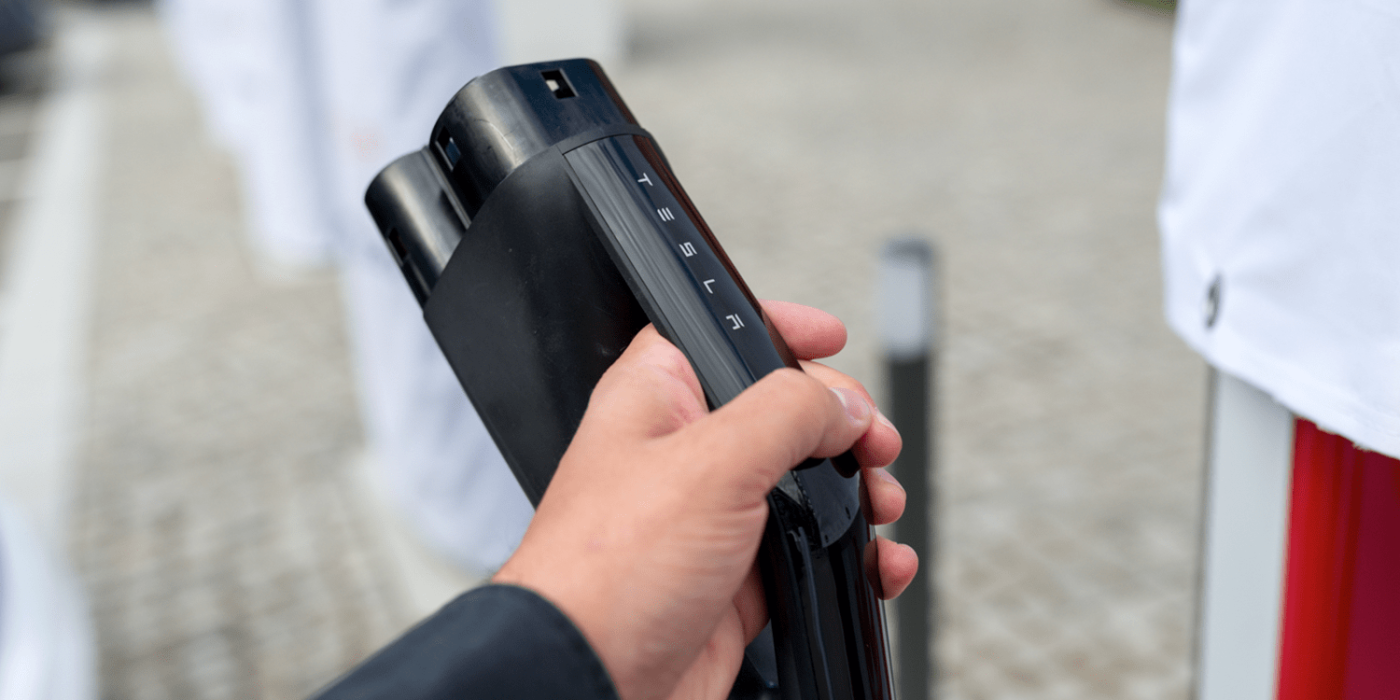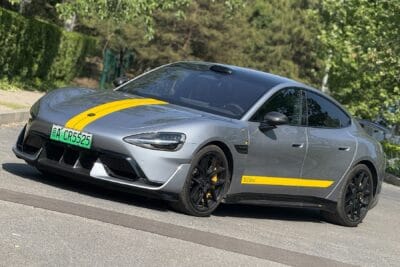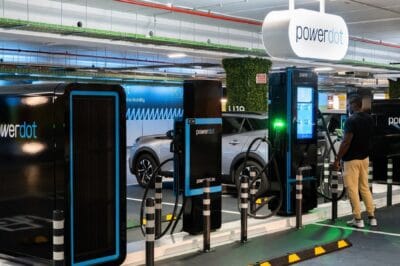Tesla plans V4-Supercharger with up to 350 kW
Tesla may launch a fourth-generation Supercharger, which should allow charging capacities of around 350 kW, as Tesla’s automotive boss Jerome Guillen revealed. The first models to achieve such charging capacities have apparently already been determined.
Guillen’s statements during the company’s Q3 report, actually referred to the planned ‘Megachargers’ for the Tesla Semi, for which mentioned that Tesla is looking at 350 kW chargers for its vehicles. These likely include next-generation vehicles like the Model S Plaid and the Cybertruck.
Analyst Gene Munster of Loup Ventures had apparently asked the question about the status of the Megacharger in a call for third-quarter results, to which Guillen then replied: “We continue the development of the Semi. And in particular, Megachargers, we realized that the 350-kilowatt or so that we might be looking for cars is not going to be enough for Semi.”
A statement that leaves a lot of room for manoeuvre. But it seems clear and not particularly surprising that Tesla is already working on the next generation of V3 superchargers with up to 250 kW so soon after the launch of the V3. While in Europe only the Model 3 and Model Y can currently utilise the full charging capacity of the V3 Supercharger (in North America and China, the Model S and X will also be able to utilize the 250 kW after corresponding updates in June and August respectively), the next models from Tesla will have larger batteries than the Model 3 and Y. To be able to charge vehicles such as the Model S Plaid or the Cybertruck – due to their higher consumption – also at up to 1,600 kilometres per hour, and even higher charging capacity would be necessary.
Speculations now suggest that precisely these models already have charging capacities of up to 350 kW. In fact, when Elon Musk presented the Cybertruck in November 2019, he had already indicated in a slide of the presentation that the electric pickup would have a charging capacity of more than 250 kW. Together with Jerome Guillen’s current statement, it now seems reasonable to conclude that it could be up to 350 kW.
Tesla introduced its V3 Superchargers in March 2019 and subsequently installed the first units in North America. At the end of 2019, the first V3 unit was installed in Europe.
In addition to the speculation about the charging capacity of the car models that Guillen triggered with his allusion, it is also interesting to see how his response to the mega trucks continued. “So we’re looking for something much more powerful than that, that can achieve essentially charging the Semi during a break, between your driving time so that you can drive until the next break. So there is no usable or efficient time wasted for charging the Semi,”says the automotive boss. Tesla had already announced the Megachargers together with the semi in 2017.
In the meantime, the first prototypes of the electric truck have also been sighted in the USA. At supercharger stations, however, the vehicles were charged with a kind of “extension cable” that was connected to several stalls in parallel, which is not overly practical. According to Guillen, Tesla is therefore working on a “standard infrastructure that can be provided for all customers”. Interestingly enough, this also apparently means that in doing so, Tesla will be working “with other parties”. “That’s probably all I can say at this point,” says Guillen. He left open whether the other parties are partners from the charging infrastructure sector or other vehicle manufacturers, and of course, the truck Megacharger network might not be Tesla-exclusive.
Last year, Tesla, along with ABB, paXos, Stäubli and the Volkswagen subsidiary Electrify America, submitted proposals for a charging standard with more than one megawatt to the CCS initiative CharIN. As Electrek now reports, CharIN apparently selected one of the drafts and is now validating it.





0 Comments